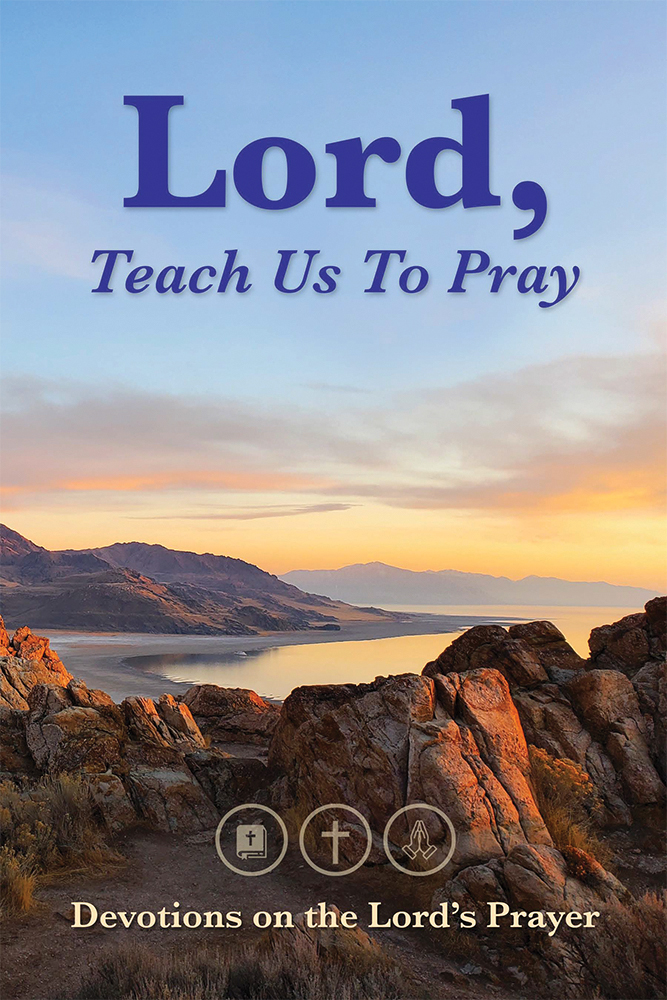
[Note: This blog post is part of the Questions About Bible Translations Series.]
If you’ve spent time exploring Bible translations, you may have come across one you’re not as familiar with: the Evangelical Heritage Version (EHV). It might prompt questions like these: Where did this come from? Who produced it? And how does it compare to the translations I already know?
Those are great questions—and they deserve a faithful, honest answer. While God’s truth does not change, each translation reflects an effort to communicate that unchanging Word in a clear and faithful way.
A Translation Born From a Passion for the Word
The EHV was developed by a group of Lutheran pastors, professors, and laypeople working together as the Wartburg Project [Link]. Its goal? To produce a new, balanced translation of the Bible—one that would hold firmly to the original Hebrew and Greek, express those words clearly in today’s English, and honor the rich heritage of Lutheran translation and worship.
In the group’s words, the EHV was created to offer “a reliable, scholarly, readable translation that proclaims the saving gospel of Jesus Christ.”
After years of careful work, the full EHV Bible was published in 2019.
What Makes the EHV Unique?
The EHV stands out in a few key ways:
- Faithful and Reverent: The EHV takes Scripture seriously as the inspired and inerrant Word of God. It avoids paraphrasing and theological bias, aiming to let the original text speak for itself.
- Balanced Translation Philosophy: Rather than choosing strictly word-for-word or thought-for-thought, the EHV uses what it calls a “balanced approach” like the Christian Standard Bible (CSB). The translators retained literal wording where it was clear and natural and used smoother English where needed—always guided by the goal of faithfulness and clarity.
- Liturgical and Devotional Sensitivity: Because it was developed within a confessional Lutheran context, the EHV often preserves language familiar to worshipers. Many readers appreciate how it echoes the cadence and vocabulary of beloved Scripture passages, hymns, and liturgies.
- Transparency: Footnotes often explain translation choices and historical background as needed—offering insight without overwhelming the reader.
Should I Switch to the EHV?
The EHV isn’t the only faithful translation out there—but it is a trustworthy one. It can be a valuable companion for devotional reading, study, teaching, or worship. If you’re looking for a version that is rooted in the original languages, devotionally rich, and doctrinally sound, the EHV is well worth exploring.
But above all, the goal isn’t to champion one translation over another. The goal is to hear the voice of your Shepherd—to be led again and again to Christ, crucified and risen for you.
A Prayer
Lord, thank you for preserving your Word and providing faithful translations that bring your truth to our hearts. Bless all those who work to share Scripture clearly and truthfully. Help me to treasure your Word, no matter the version, and to trust its promises fully. In Jesus’ name. Amen.
Did you enjoy this post? Subscribe for free devotional content every week!
Scripture references come from the Holy Bible: Evangelical Heritage Version. Click here to learn more about this translation. Have questions about the Bible itself? Check out a helpful series here.


Leave a Reply